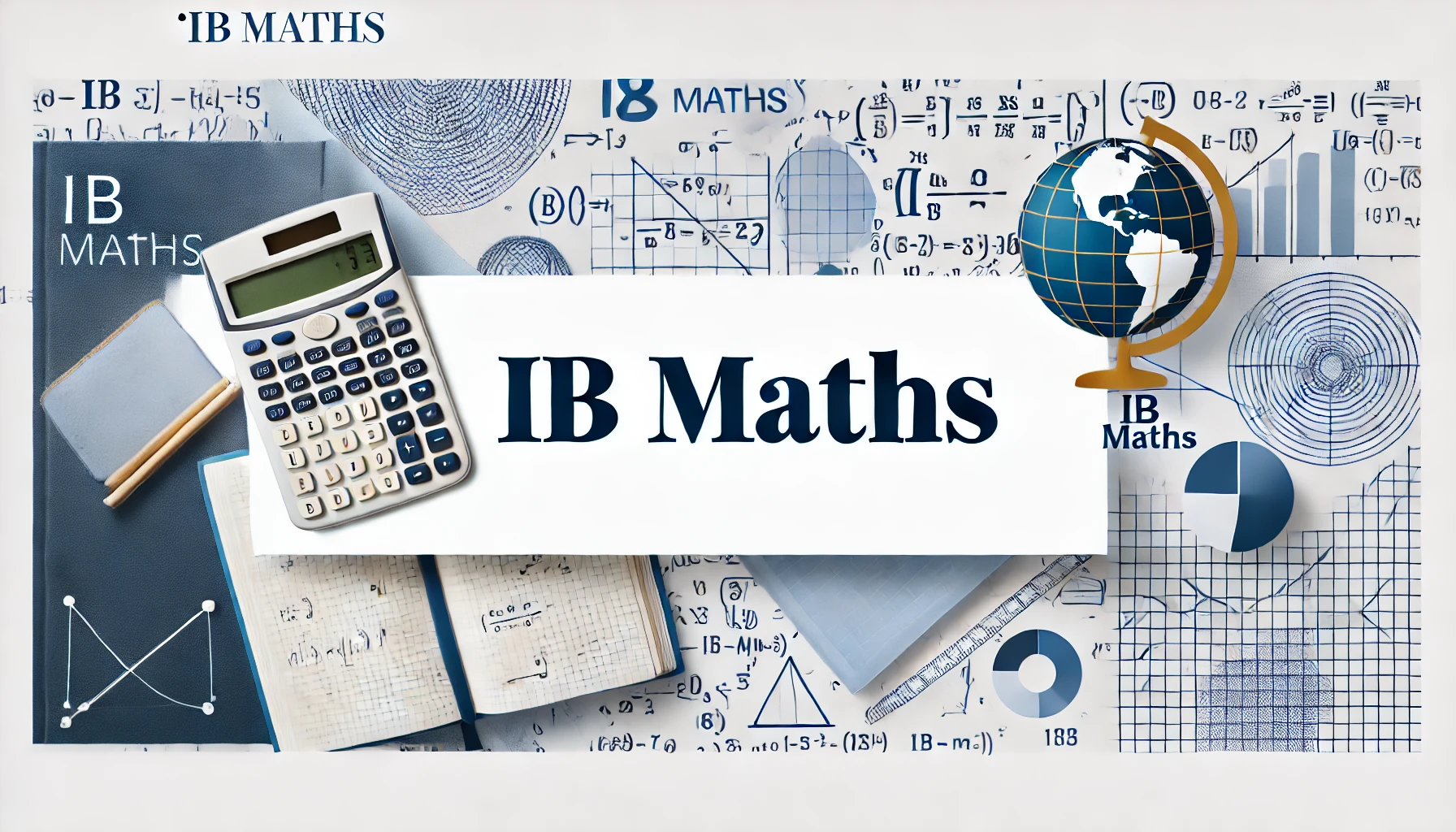

When it comes to tackling IB Chemistry, success isn’t just about memorising formulas or concepts—it often hinges on how effectively you respond to questions in line with what IB examiners are seeking. A crucial aspect of this is understanding command terms. These are precise words or phrases in exam questions that clearly outline what is required in your answers.
What Are Command Terms?
Command terms are the instructional verbs or directives found in IB Chemistry questions, guiding students on the type of response required. These can range from simple tasks like "state" or "identify" to more detailed actions such as "explain" or "analyse."
Each command term has a specific meaning, and IB examiners expect students to address them accurately in their responses. For instance, "calculate" involves showing all steps leading to the final result, while "describe" calls for a clear explanation of a chemical concept or process.
Given that exams account for approximately 80% of the total mark in most IB subjects, it’s crucial for students to be well-acquainted with these terms to optimise their exam performance.
💡Check out our blog for a full breakdown of how the IB is graded.
IB Chemistry Command Terms
Why Are Command Terms Important?
- Clear Understanding of Requirements:
- Command terms clearly outline what the question is asking for. Misinterpreting or overlooking them can lead to incomplete or incorrect answers, even if your understanding of chemistry is otherwise strong.
- Effective Time Management:
- Recognising the command term early allows you to structure your response with the appropriate level of detail, helping you avoid wasting time on unnecessary explanations.
- Maximising Marks:
- IB examiners assess answers based on how well they meet the specific requirements of the question. Addressing command terms accurately ensures you cover all necessary criteria to achieve full marks.
Study and Exam Tips for IB Chemistry
Mastering command terms is just one step towards excelling in IB Chemistry. Here are some additional strategies to ensure you’re fully prepared:
Practice Past Papers:
- Get accustomed to how command terms are used in IB Chemistry exams by working through past papers. Pay attention to how questions are structured and the corresponding mark schemes.
After interviewing over 500 IB tutors, one piece of advice stood out above the rest: the best way to prepare for IB exams is by practicing past papers.
Create a Command Term Glossary:
- Compile a list of all command terms along with their definitions. Use flashcards or a single document and review them regularly to solidify your understanding.
Understand the Mark Schemes:
- Study how marks are awarded for different questions. This will help you gauge the level of detail and explanation required for each command term.
Show All Working:
- Even for straightforward questions, always include your reasoning and calculations. This is particularly crucial for terms like "justify" or "explain."
Practice Under Timed Conditions:
- Simulate exam conditions by timing your practice. Train yourself to quickly identify the command term and tailor your response accordingly. This will improve your efficiency during the actual exam.
Seek Feedback:
- When practising, ask your teacher or tutor to evaluate whether your answers align with the command terms. Constructive feedback will help you refine your technique.
Conclusion
Understanding command terms is an essential part of succeeding in IB Chemistry. These terms not only guide your responses but also help you focus on what examiners are looking for. However, this is just one piece of the puzzle. Combine this knowledge with consistent practice and a thorough understanding of chemical concepts, and you’ll be well on your way to achieving top marks in IB Chemistry.






